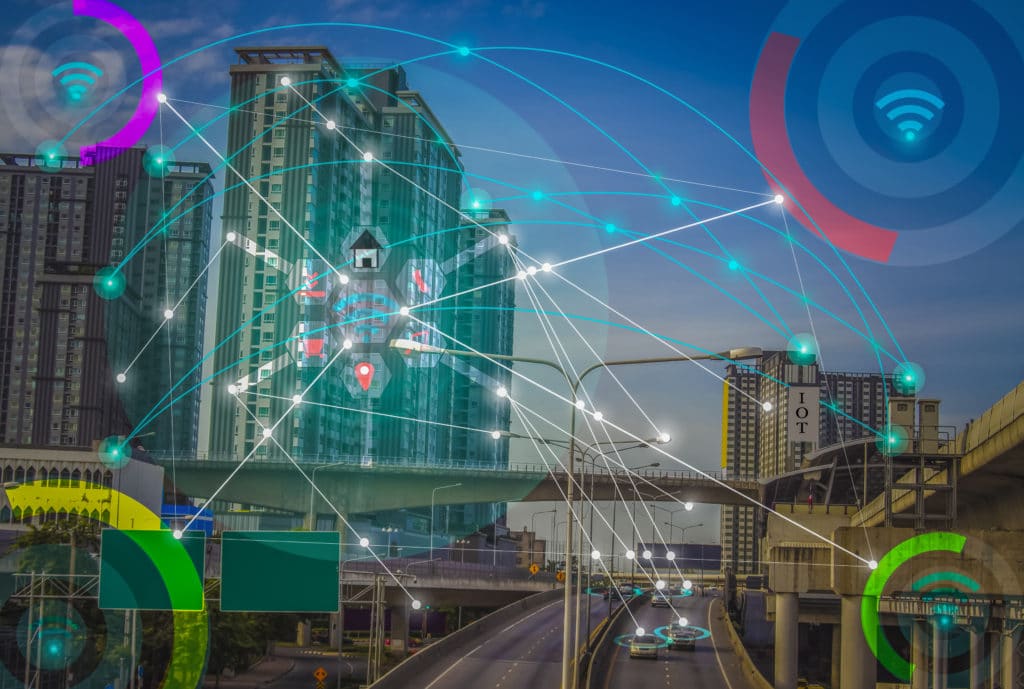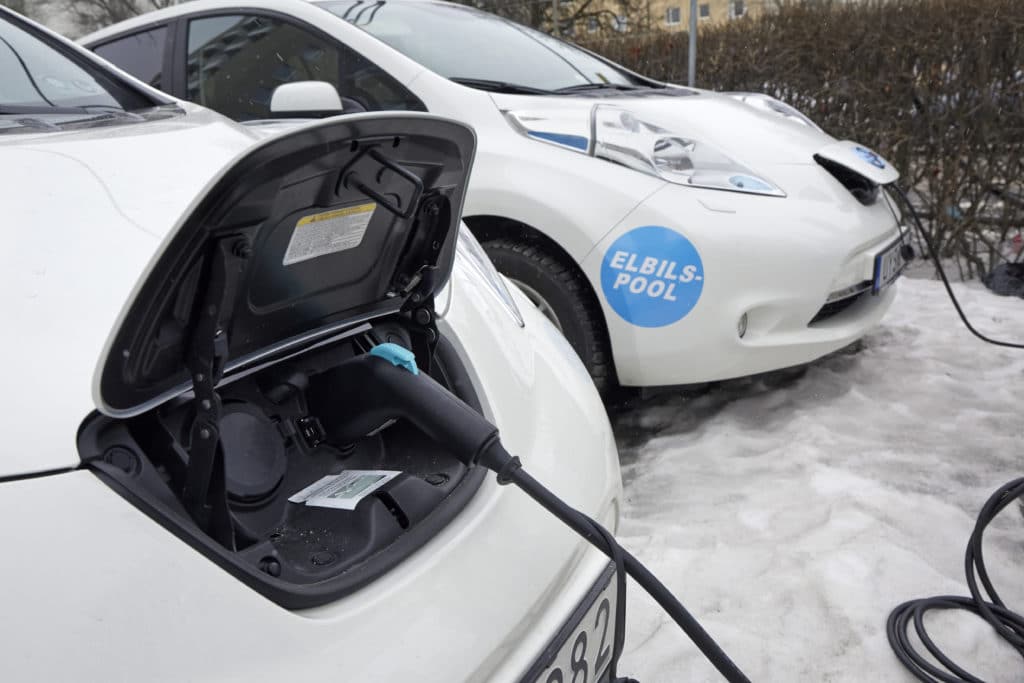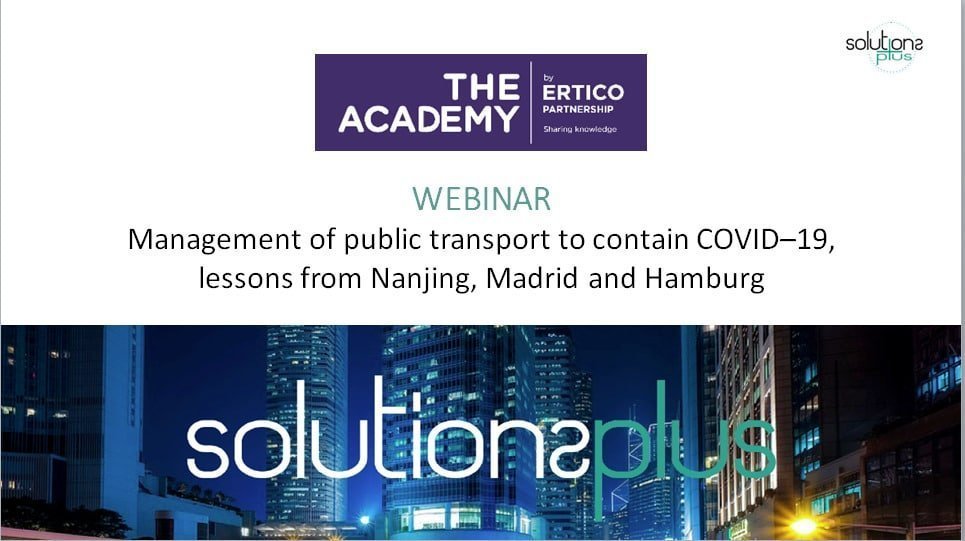Past Events

Interreg Europe: Webinar on open data for smarter cities

Reuters Mobility Hub webinar: London post Covid-19: Smart Tech and Harnessing Data for the Public Good
Webinar: A new Fare Payments reality: Ticketless, Cashless and ‘as a service’

Webinar: Zero Emission Zones For Freight – Lessons from Shenzhen and Shanghai

Transport Research Arena 2020

WRI: Build Back Better — Public Transport and COVID-19 Recovery

Coronavirus and the future of Transport Planning: Fireside Chat

LEVITATE Webinar on the future impacts of automation in freight transport

Webinar on electromobility & charging infrastructure (in Dutch)

Webinar: Environmental impact of e-scooters

What is the Future of EVs and Renewables? – SEEV4-City Closing Conference

SHARE-North Mobility Hub Planning Academy

Managing micro-mobility through and after the COVID-19 crisis

Webinar: Building resilience in mass-transport for a seamless commute

Polis Parking Working Group meeting (online)

New Cities webinar: public transport after COVID-19

SOLUTIONSplus webinar: Management of public transport to contain COVID-19

Busworld webinar: Government and the survival of the bus industry in COVID-19

Webinar: Public transit in the time of COVID-19

Webinar: Street Planning During Uncertain Times

NewCities webinar: The Big Rethink — Cities After COVID-19

Polis Road Safety Working Group meeting

Intelligent Cities Challenge COVID-19 webinar

NEW DATE! Polis webinar on Small and medium-sized cities

SLOCAT: COVID-19 — Lessons learnt and outlooks for sustainable transport

Webinar: Opportunities to tackle the COVID-19 Crisis through Innovation Procurement

TUMI webinar: COVID-19 and tactical urbanism

URBAN FUTURE Global Conference — POSTPONED

Web-events on Zero Emission Zones for freight delivery

EUROPEANMOBILITYWEEK Workshops and Award Ceremony 2020

Remix: Transportation Policy Series with Jarrett Walker
